Warning: This article contains SPOILERS for The Flash.
The Flash
While The Flash is legitimately good, the CG effects and VFX work is at times terrible, and downright embarrassing at others. In fact, The Flash movie showing in theaters feels like an unfinished version – an advanced assembly cut with all the right pieces in place, but without the final gloss of DC’s expensive VFX department. Whisper it, but at times, The Flash‘s VFX is worse than Henry Cavill’s “invisible” mustache in Justice League.
Originally intended as a multiversal centerpiece of the original DCEU, The Flash has since become something of a free hit for Warner Bros. There are few stakes in-universe with the DCU reset incoming – and The Flash‘s ending does set that up – so it became more like a chance to mess about and tie off some loose arteries. In that light, and initially ignoring the issues behind the scenes, it’s great: a DCEU high point. But there’s no getting around the fact that The Flash has absolutely terrible CG effects work. And weirdly, some might even be intentional.
The Flash VFX Problems – DC’s CGI Is Horrible
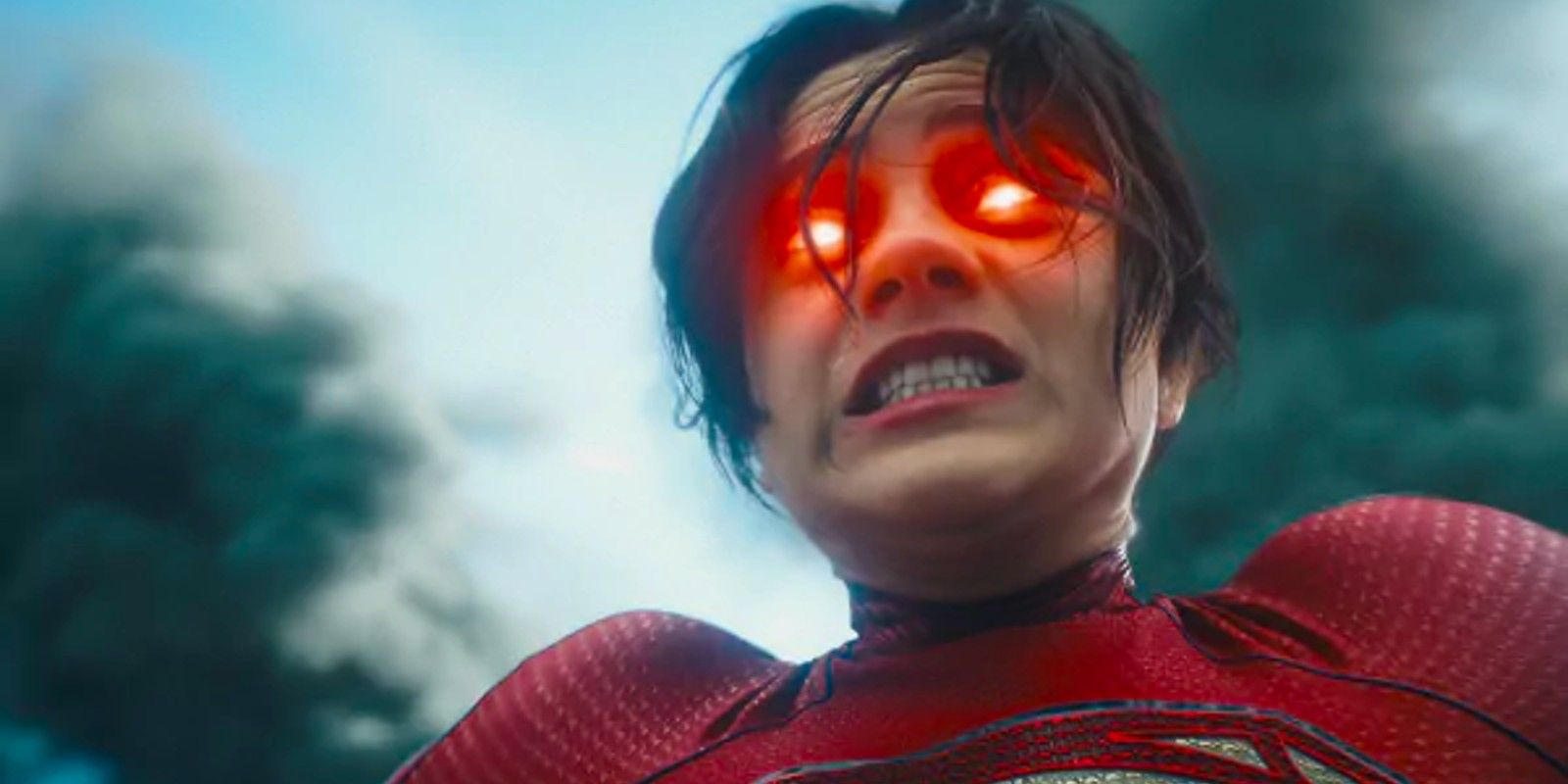
First, it’s important to acknowledge that not all the CG in The Flash is terrible. There are, in fact, some notable exceptions:
- Supergirl’s flight is mostly handled well (partly because it seems to be the most practical)
- The broad strokes of the final battles are impressive
- The baby shower sequence has its moments
- Keaton’s Batman is thankfully treated with the reverence and respect of not being ragdolled all over the place or undone by poor vehicle mechanics
- The Speed Force looks cool
But those are the few high points of The Flash’s effects sequences. Counting off the worst elements is a bit like shooting fish in a barrel, but the real standout issues deserve a roll call of shame:
- Ben Affleck’s big chase sequence is undone by poor rag doll physics and sloppiness
- The shots of The Flash running at high speed are comically poor
- Some of the sequences where Ezra Miller stars as both Barry Allens at once show their seams all too easily. They’re done with far less finesse than The Social Network’s Winklevoss twins
- The Chrono Bowl sequences makes The Polar Express look cutting edge James Cameron VFX work
- The hotly anticipated multiverse cameos sequence looks so bad it plays like comedy
- Even the audio looping in action sequences is distractingly out of place
- The Batman cameo at the end has a clearly CG Barry Allen whose face appears to be sliding off
If you found yourself wondering why everything looked so odd or why decisions to sign off on this version of The Flash, you absolutely will not be alone. The immediate conversations coming out of both The Flash reviews and reactions from screenings were dominated by confusion and criticism of the VFX work. Even the most positive of reactions are tempered by a range of caveats around the use of CG, the reanimation of dead actors (and the associated morality), and questions of whether The Flash‘s effects work is even finished. The level of how badly The Flash‘s VFX misses the mark is confusing until you start to pick a little at the surface level.
Was The Flash Supposed To Look That Bad?
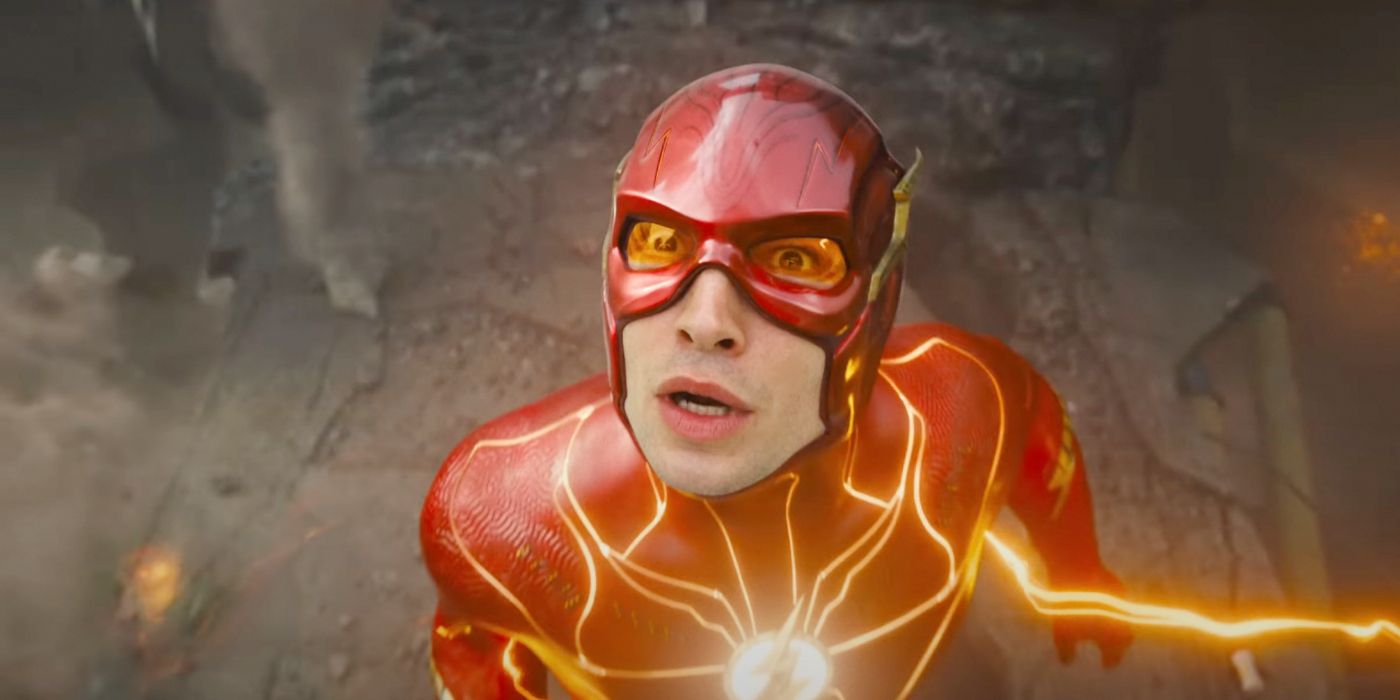
There are some things in The Flash that are clearly just straightforward issues with VFX execution, but that’s hardly a new thing in comic book movies or blockbusters. There’s an allowance factor there. But the two set pieces – when Barry uses the Chrono Bowl to time travel and the The Flash‘s DC cameo heavy Crisis on Infinite Earths sequence – are stylized like XBox 360 video game cutscenes. They feel intentional, but look so jarring that that can’t possibly be the case, surely. Or can it?
Back in May 2021, The Flash’s VFX supervisor John “D.J.” Des Jardin was already talking about embracing the “super super strange”.
“And I really don’t wanna say anything because y’know, [fellow supervisor] Bryan [Hirota] and his team have been doing a lot of conceptual R&D to get a lot of these concepts and things nailed down, really successfully, I might add. I think Bryan can back me up on this–some of the ideas are super, super strange and very intriguing because of that.”
While there’s no guarantee that the “strange” element specifically meant the art style, there is a possibility that the VFX sequences that are being criticized as looking no better than PlayStation 2 cutscenes, you can’t fully rule it out. There is certainly a conscious stylistic choice in the Chrono Bowl’s kaleidoscopic set-up, but there are also inconsistencies. If the plan was always to have cartoonish rendering in that dimension, why were the Multiversal cameos presented as realistic? Why not simply use an even more pronounced stylistic approach that avoided comparisons to realism in the first place?
To counter the suspicion of intentional artistic decisions creating The Flash‘s divisive CG, Barbara Muschietti previously spoke up the benefits of The Flash‘s four-year production: “The pandemic allowed us to have a longer development, and, on the other side of shooting, it allowed us to have the time to explore visual effects like never before. We all knew that The Flash belongs in movie theaters, and we were happy to wait the right time.”
The Flash director Andy Muschietti addressed the movie’s VFX head-on, particularly Flash’s speedster scenes, when he told io9, “The idea, of course, is we are in the perspective of the Flash. Everything is distorted in terms of lights and textures. We enter this ‘waterworld’ which is basically being in Barry’s POV. It was part of the design so if it looks a little weird to you that was intended.”
The narrative here is that The Flash‘s VFX was intended to be innovative and unprecedented, so the expectation was set that it would be suitably polished and thus suitably impressive. Sadly, strange and different does not mean the same as excellent.
The Flash’s Vision Was Always Too Expensive
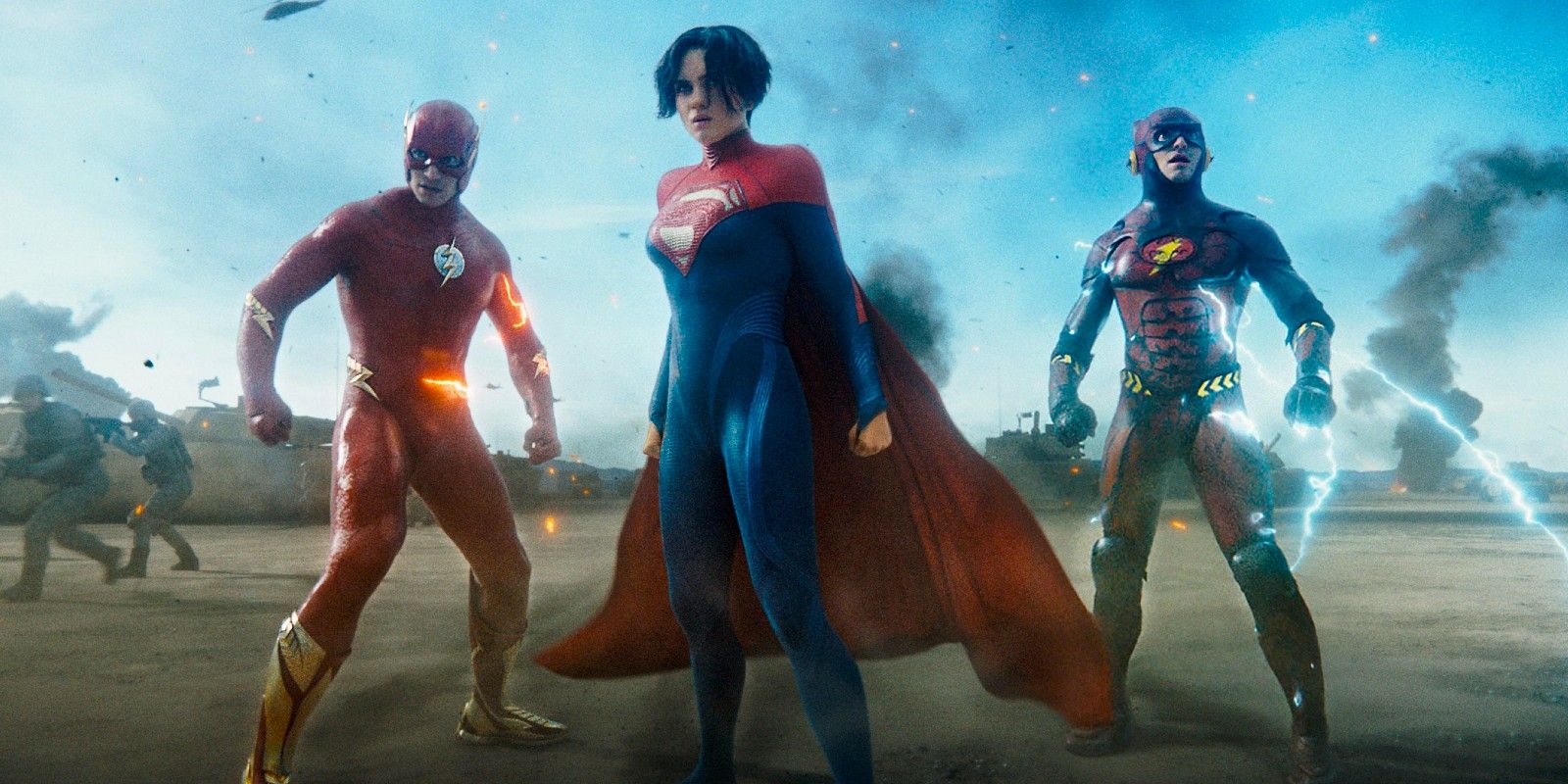
The Flash is an expensive movie, with a budget of somewhere north of $200m and a heavy-duty marketing campaign backed by a suspiciously enthusiastic clan of celebrity well-wishers. It is also not what Warner Bros originally banked on it being: part of a thriving DCEU and a strong contender to break a billion dollars at the box office. In another strand of the spaghetti multiverse of the DCU, The Flash could have had fully rendered VFX sequences that actually looked photo-realistic, and the multiverse cameos could have looked like realistic humans. But that’s not this particular strand of pasta.
Realizing sequences as imaginative as The Flash‘s Chrono Bowl and multiverse cameo montage would have been prohibitively expensive for a movie that no longer had the bankability Warner Bros would have initially forecast. There are other VFX expenses to consider, including the attempt to make Ezra Miller’s duel performance look convincing. Editor Paul Machliss revealed (via IBC) that new cutting edge technology was pioneered on The Flash for that purpose:
“We’re the first film to be utilizing some very, very new technology in terms of getting multiple versions of the same actor on the screen, rather than using either locked off cameras or even the motion controls we used in [Last Night in Soho]. There’s been a development with some wonderful technology, which I’d love to be able to talk about now, but this time next year once the film’s out, we can go into total, scrupulous detail. But that is very, very exciting and I’m very pleased to say that we’re the first, certainly on a film of this scale to utilize it. Probably why it’s taken so long to finish actually. But it’s worth the wait, because it looks fantastic.”
Like Barbara Muschietti, Machliss hyped the look of The Flash in a way that seems to have entirely misjudged all of the VFX issues immediately picked out by perplexed audiece members. There is a weird disconnection between the promise of that quote and what The Flash‘s VFX actually delivers, and the mental gymnastics required to see the CG heavy work as “fantastic” almost defy logic. But the point about expense still stands, and it’s beginning to feel like The Flash‘s VFX problems come down to over-reaching or insufficient budget allocation – whether intentional or unplanned.
Consider the context here of the most expensive DC movies of all time, and the impact Justice League‘s reshoots and CG work must have played in the conversation around the bloating cost of The Flash. Here’s how the most expensive DC comic book movies rank:
- Justice League — $300 million
- Batman v Superman: Dawn of Justice — $250 million
- Man of Steel —$225 million
- The Flash — $220 million
- Aquaman — $200 million
- Wonder Woman 1984 — $200 million
- The Suicide Squad — $185 million
- Suicide Squad — $175 million
- Wonder Woman — $149 million
The added cost of improving The Flash‘s VFX sequences from their finished version would have pushed the overall budget (which is already disputed thanks to assumed marketing costs) to dangerous heights for a movie tracking to match Black Adam‘s opening weekend performance. The question has to be, would it have been worth it? Perhaps there is some hint that Warner Bros counted on something else to sell The Flash: embracing spoilers. After all, The Flash’s marketing ruined some of the biggest surprises, perhaps in order to get intrigued viewers on seats. The thinking is clear: if they’d spoil Nicolas Cage’s Superman cameo so casually, what bigger things could they be hiding?
Ultimately, everything good about The Flash is somewhat let down by some seriously poor CGI. What was called one of the greatest comic book movies ever made by James Gunn will likely now be remembered as having poor VFX to rival the worst parts of Joss Whedon’s Justice League, and the lowest points of the often-maligned MCU. It will forever be the asterisks attached to whatever success the movie eds up achieving.
Key Release Dates
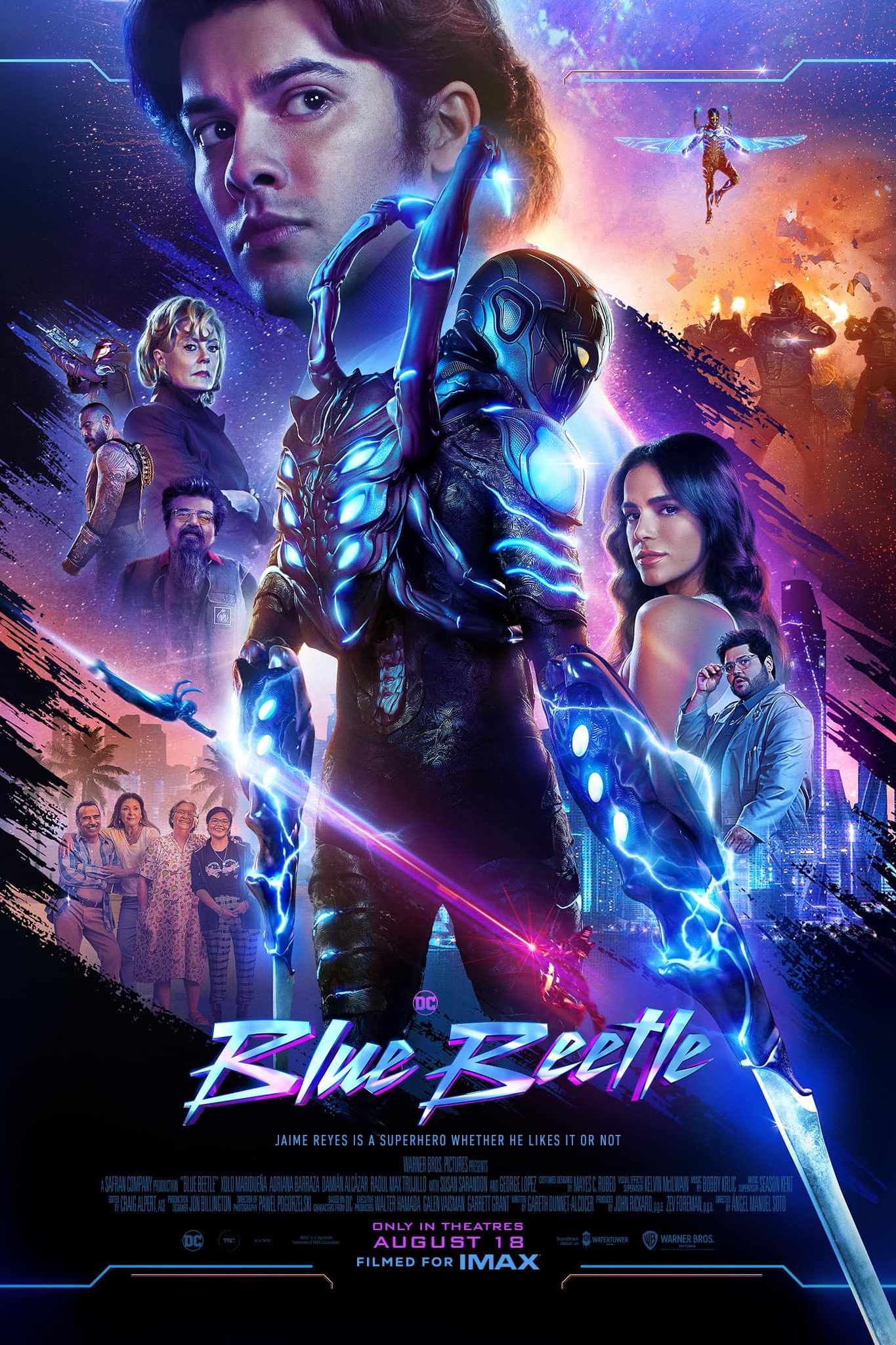
Blue Beetle
Release Date:2023-08-18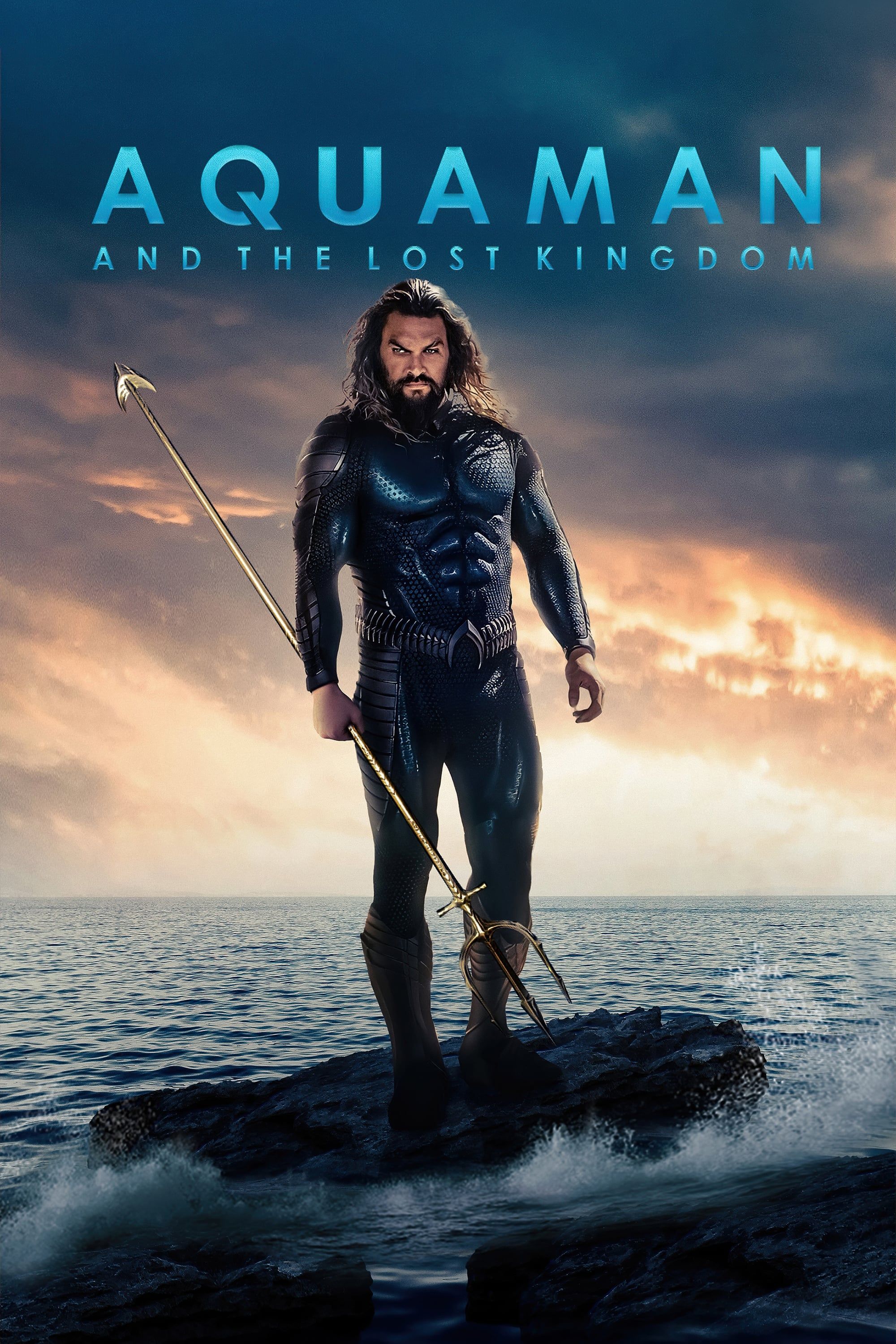
Aquaman and the Lost Kingdom
Release Date:2023-12-20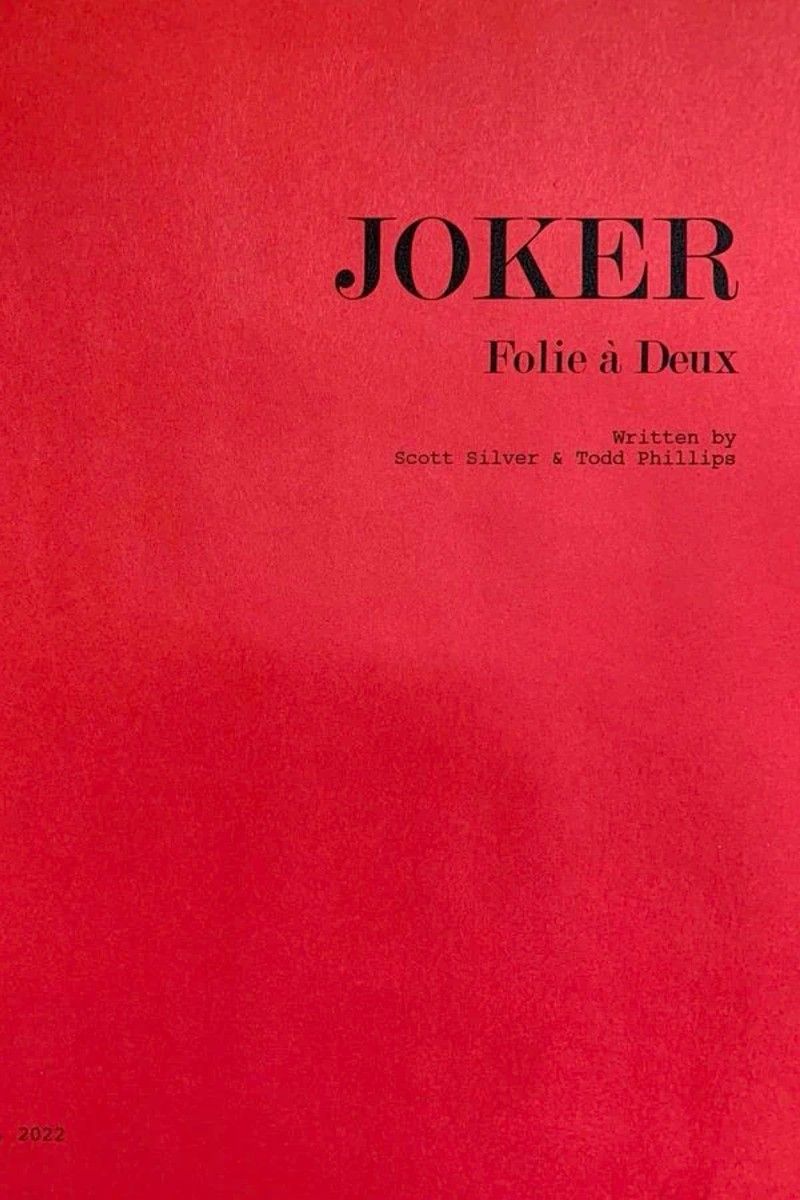
Joker: Folie a Deux
Release Date:2024-10-04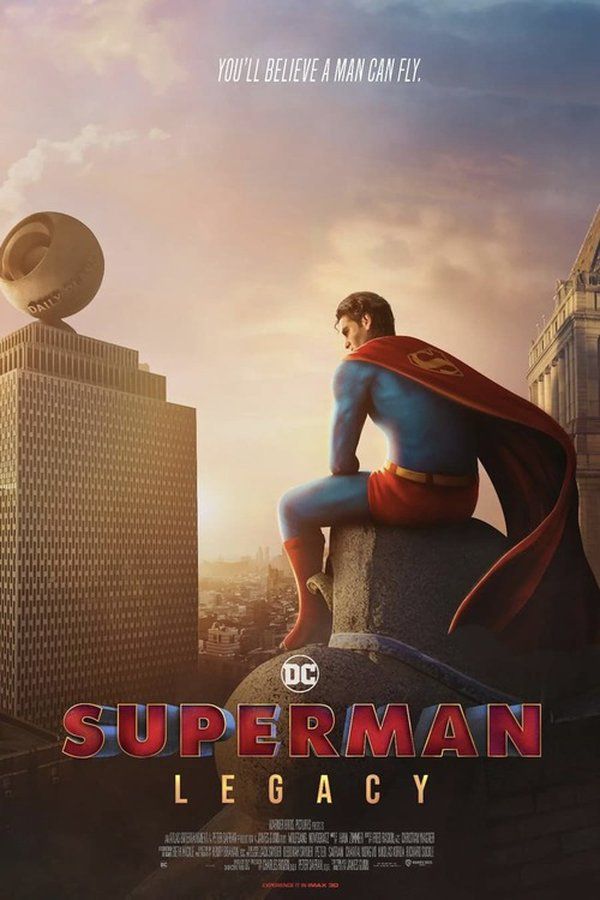
Superman: Legacy
Release Date:2025-07-11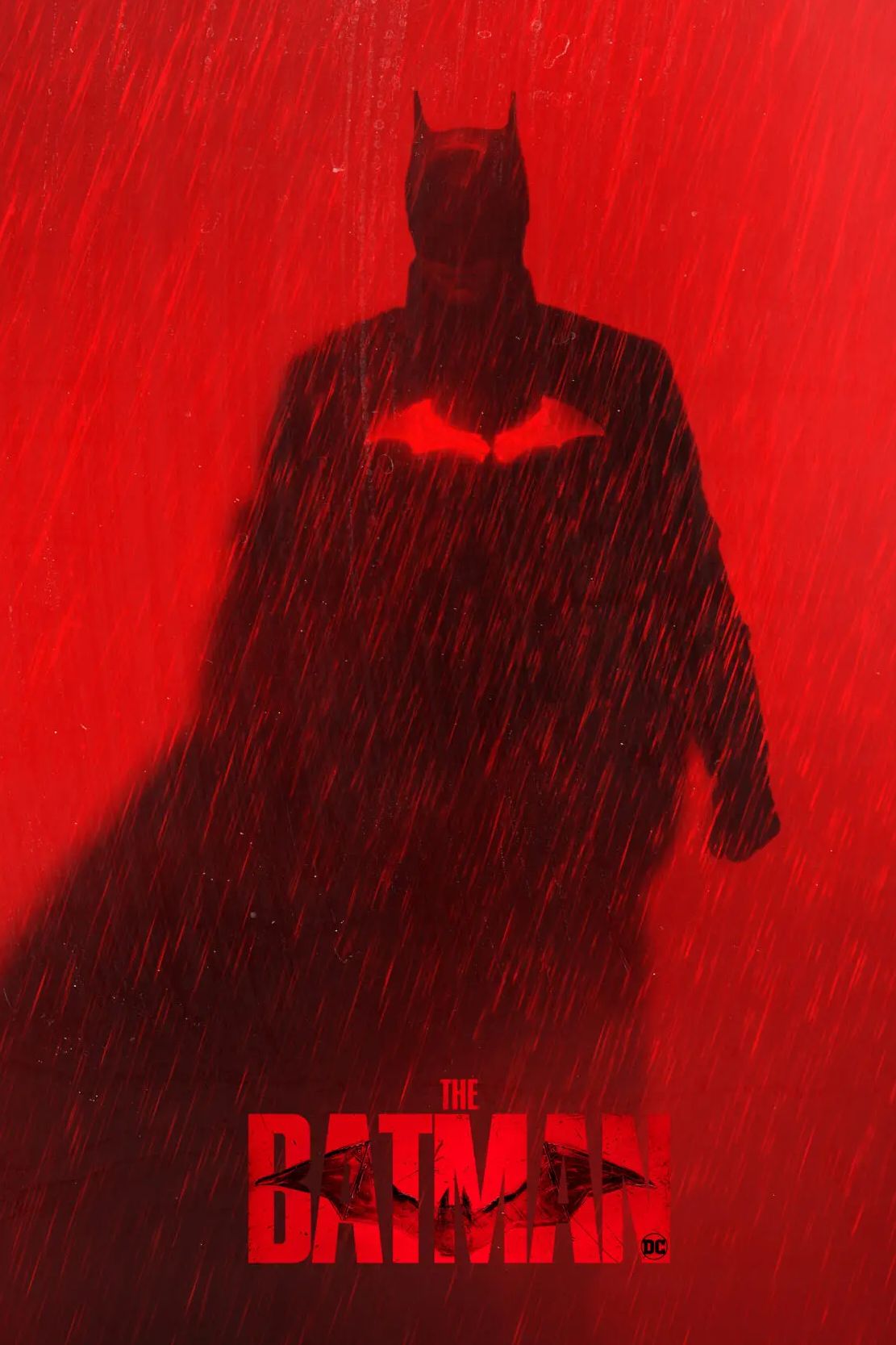
The Batman – Part II
Release Date:2025-10-03




